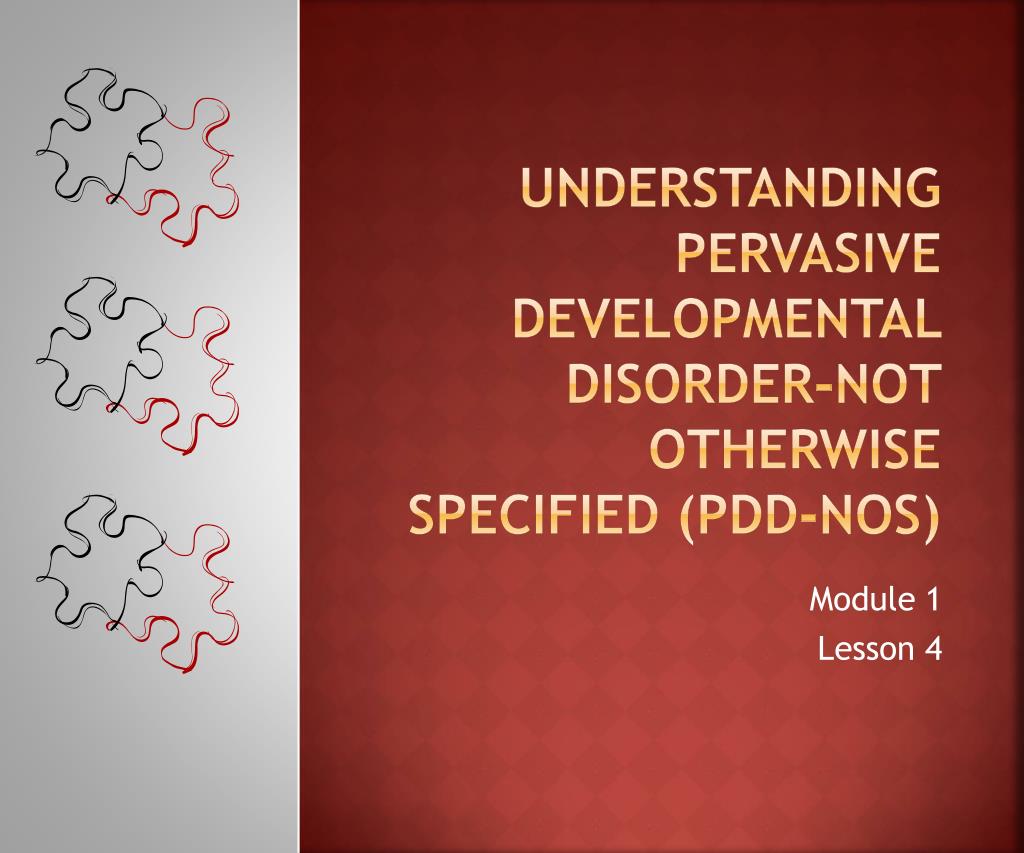

Many disorders look like autism or have similar symptoms such as repetitive behaviors, fixations, difficulties with change, sensory problems, and challenges relating to their peers. If a child has been previously diagnosed with Asperger’s disorder, childhood disintegration disorder, or PDD, NOS, then a re-evaluation to determine a proper diagnosis is recommended. Additionally, a diagnosis of PDD, NOS was given to very young children who did not yet have a clearly defined diagnostic picture.

Prior to the DSM-5, PDD, NOS was often used with children who did not necessary meet ALL criteria for autism, but nonetheless had some autistic or autistic-like symptoms. The biggest challenge will be those children who have been diagnosed with PDD, NOS. On the other hand, if your child was not correctly diagnosed, then he or she is not likely to meet current criteria. The goal is not necessarily eliminate these disorders, but to include them into one autism category. If you are a parent of a child who has been previously diagnosed with Asperger’s disorder or childhood disintegrative disorder, and your child was indeed correctly diagnosed, then chances are he or she will meet criteria for the DSM-5’s autistic spectrum disorder.

Although there are an increasing number of individuals presenting with autism, many believe this disorder is over-diagnosed primarily due to the lenient criteria of the DSM-IV. As most of us are well aware, incidents of autism has skyrocketed over the last several years. The aim of the new DSM-5 is to clarify diagnoses and to ensure that individuals are not misdiagnosed. Many are worried how the new diagnostic criteria will impact their child diagnosed with a variant form of autism such as Asperger’s disorder, childhood disintegrative disorder, or pervasive developmental disorder, not otherwise specified (i.e., PDD, NOS).


 0 kommentar(er)
0 kommentar(er)
